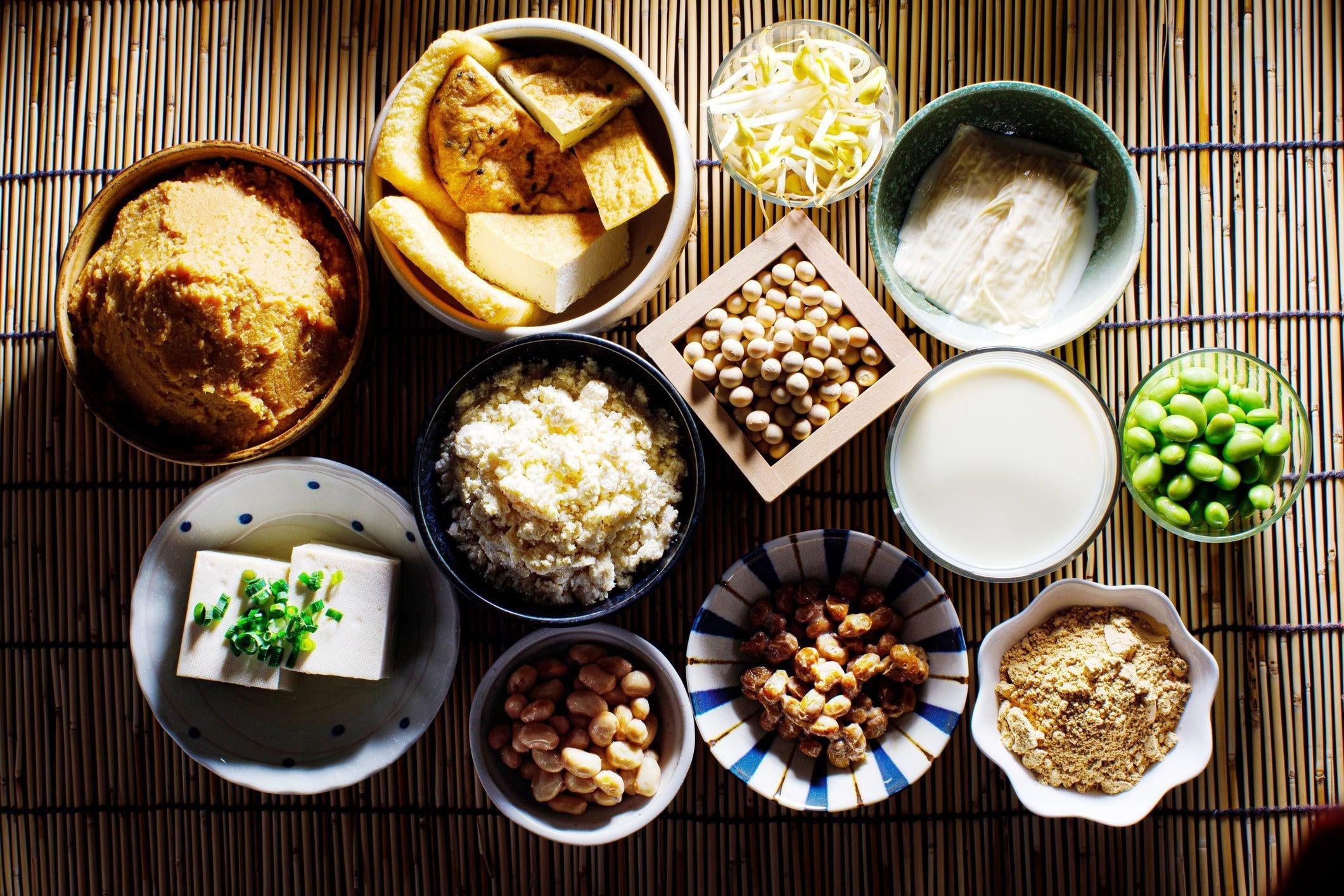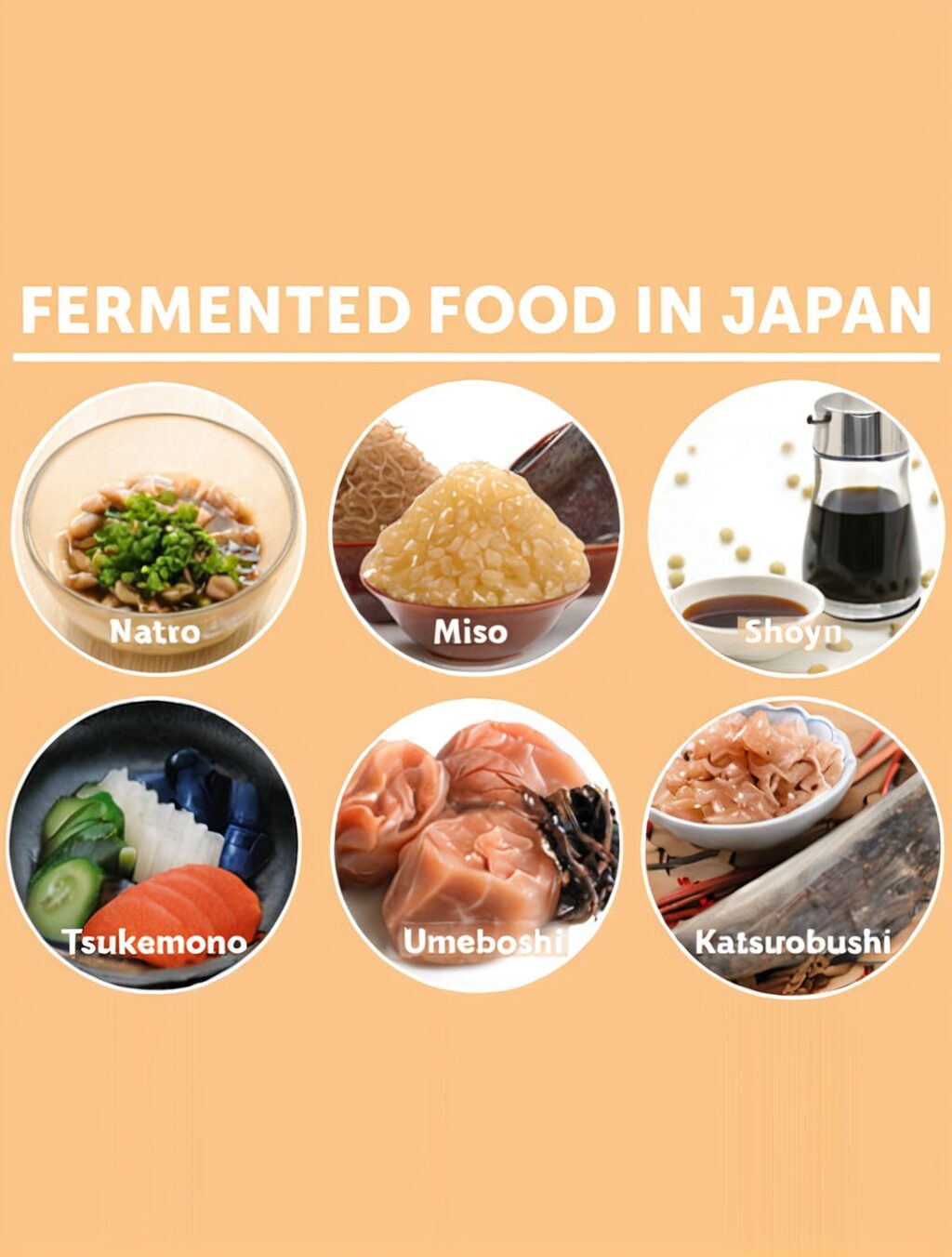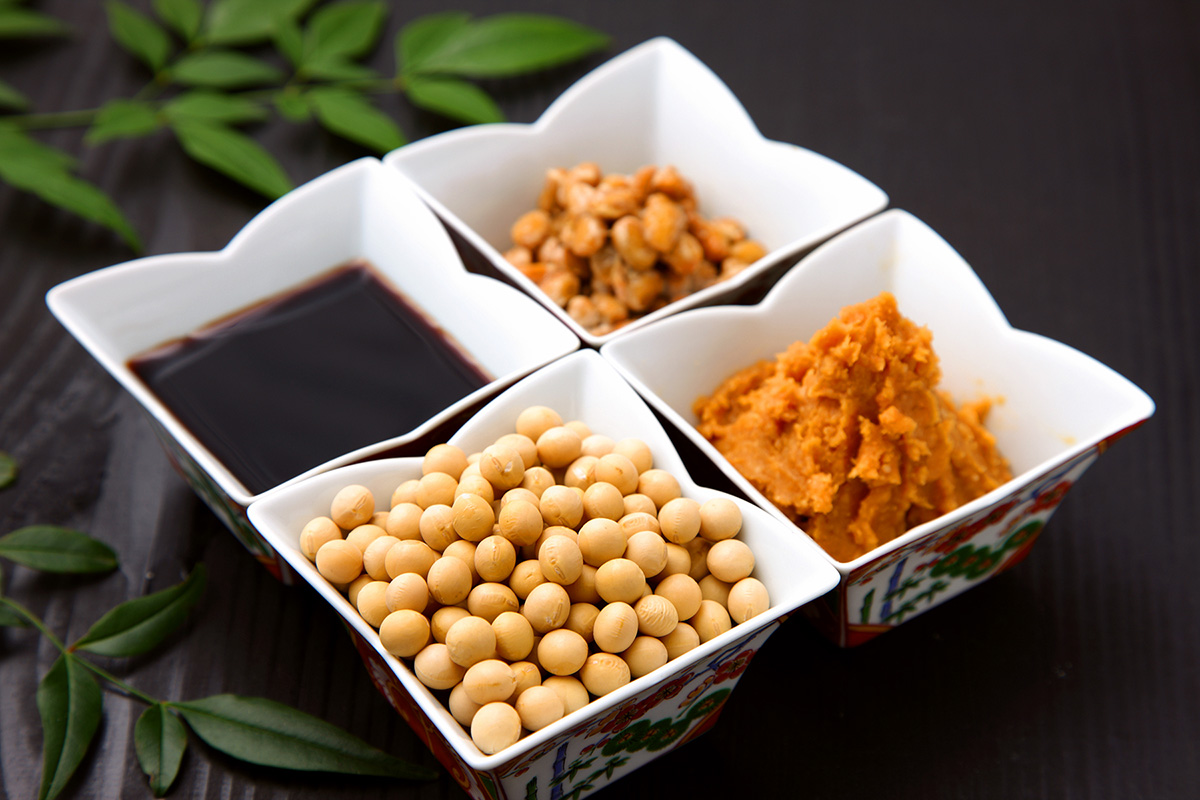Have you ever wondered about the world of Japanese fermented foods?
If you’ve ever been curious about the unique flavors and health benefits of Japanese fermented foods, you’re in for a treat! Japanese cuisine is rich in fermented dishes that are not only delicious but also packed with probiotics and nutrients. In this article, we’ll take a deep dive into the world of Japanese fermented foods, exploring different varieties and sharing some mouth-watering recipes along the way. So, get ready to embark on a flavorful journey through the fascinating world of Japanese fermentation!

What are Japanese Fermented Foods?
Japanese fermented foods have been an integral part of the country’s culinary tradition for centuries. These foods are created through the process of fermentation, which involves the transformation of sugars and other nutrients in food by beneficial bacteria and yeast. Fermentation not only preserves food but also enhances its flavor, aroma, and health benefits. Some of the most common Japanese fermented foods include miso, soy sauce, natto, sake, and pickles.
Japanese fermented foods are not only delicious but also known for their numerous health benefits. Fermented foods are rich in probiotics, which are beneficial bacteria that support gut health and boost the immune system. Additionally, the fermentation process increases the bioavailability of nutrients in food, making them easier for your body to absorb. So, by incorporating Japanese fermented foods into your diet, you can enjoy a diverse range of flavors while nourishing your body from the inside out.

Types of Japanese Fermented Foods
Japanese cuisine is famous for its diverse and flavorful fermented foods. From tangy pickles to savory soy sauce, there is a wide variety of fermented dishes to explore. Here are some popular types of Japanese fermented foods:
Miso
Miso is a traditional Japanese seasoning made by fermenting soybeans with salt and koji, a type of mold. The fermentation process can take anywhere from a few weeks to several years, resulting in a rich, savory paste that is used in soups, marinades, and dressings. Miso comes in different colors and flavors, with white miso being milder and sweeter, while red miso is more robust and salty.
Miso soup is a staple in Japanese cuisine and is enjoyed for its comforting flavor and health benefits. Loaded with antioxidants, vitamins, and minerals, miso soup is a nourishing dish that can boost your immune system and support digestion. You can also use miso as a marinade for tofu, fish, or meat, adding depth and complexity to your dishes.
Soy Sauce
Soy sauce, or shoyu in Japanese, is a salty, savory condiment made from fermented soybeans, wheat, salt, and koji mold. The fermentation process can last for months to years, resulting in a dark, umami-rich sauce that is used to season and flavor a wide variety of dishes. Soy sauce adds depth and complexity to soups, stir-fries, marinades, and dipping sauces.
Japanese soy sauce comes in different varieties, including light soy sauce, dark soy sauce, and tamari. Light soy sauce is thinner and saltier, while dark soy sauce is thicker and has a richer flavor. Tamari is a gluten-free soy sauce made from soybeans and does not contain wheat. Each type of soy sauce brings a unique flavor profile to your dishes, so feel free to experiment and find your favorite!
Natto
Natto is a traditional Japanese dish made from fermented soybeans that are sticky, strong-smelling, and slimy in texture. Despite its polarizing taste and aroma, natto is a powerhouse of nutrients, including protein, fiber, vitamins, and probiotics. Natto is commonly eaten with rice and condiments like soy sauce, mustard, and green onions.
Natto is known for its health benefits, particularly its ability to support digestion and boost heart health. The fermentation process breaks down the soybeans into compounds that are easier for your body to absorb, making natto a nutrient-dense food. While natto may be an acquired taste for some, its unique flavor and health properties make it a valuable addition to your diet.
Sake
Sake is a traditional Japanese rice wine made through the fermentation of polished rice, water, yeast, and koji mold. The brewing process can range from a few weeks to months, resulting in a clear, fragrant beverage with a mild sweetness and subtle acidity. Sake is enjoyed on its own or paired with Japanese dishes to enhance the flavors of the food.
Sake is not only a popular alcoholic beverage but also a versatile cooking ingredient. You can use sake to marinate meat, add depth to sauces, and deglaze pans for stir-fries. Sake’s umami-rich flavor profile makes it a great addition to both savory and sweet dishes, creating a harmonious balance of flavors. So, next time you’re cooking Japanese cuisine, reach for a bottle of sake to elevate your dishes to a new level of deliciousness.
Pickles
Japanese pickles, or tsukemono, are a colorful and crunchy addition to any Japanese meal. Made from vegetables such as cucumbers, radishes, carrots, and daikon, pickles are fermented in a brine of salt, sugar, vinegar, and seasonings. The fermentation process can vary in duration, resulting in pickles that range from crisp and tangy to soft and pungent.
Pickles are often served as a side dish or condiment to complement the main flavors of a meal. They provide a refreshing contrast to rich and savory dishes, adding a burst of acidity and texture to your palate. Japanese pickles come in a variety of flavors, from sour and spicy to sweet and salty, allowing you to customize your meal according to your taste preferences.

Health Benefits of Japanese Fermented Foods
Japanese fermented foods are not only delicious but also offer a wide range of health benefits that can support your overall well-being. Here are some of the key health benefits of incorporating Japanese fermented foods into your diet:
Gut Health
Fermented foods are rich in probiotics, which are beneficial bacteria that support the health of your gut microbiome. A healthy gut microbiome is essential for digestion, nutrient absorption, and immune function. By consuming Japanese fermented foods like miso, natto, and pickles, you can promote the growth of beneficial bacteria in your gut, leading to improved digestion and a stronger immune system.
Immune Support
The probiotics found in Japanese fermented foods can help strengthen your immune system and protect you from infections and illnesses. Probiotics help balance the bacteria in your gut, preventing harmful pathogens from causing inflammation and disease. By regularly consuming fermented foods like miso soup, soy sauce, and natto, you can give your immune system a boost and stay healthier year-round.
Nutrient Absorption
The fermentation process of Japanese fermented foods increases the bioavailability of nutrients, making them easier for your body to absorb. This can be especially beneficial for individuals with digestive issues or nutrient deficiencies. By including fermented foods in your diet, you can ensure that your body is getting the vitamins, minerals, and antioxidants it needs to function optimally.
Digestive Health
Japanese fermented foods are excellent for digestive health, as they contain enzymes that aid in digestion and promote a healthy gut ecosystem. By consuming fermented foods like miso, soy sauce, and pickles, you can improve your digestion and reduce symptoms of bloating, gas, and indigestion. The probiotics in fermented foods also help maintain the balance of bacteria in your gut, preventing digestive disorders and promoting regular bowel movements.

How to Incorporate Japanese Fermented Foods into Your Diet
Now that you know about the different types and health benefits of Japanese fermented foods, you may be wondering how to incorporate them into your diet. Here are some simple ways to enjoy Japanese fermented foods in your everyday meals:
Miso Recipes
- Miso Soup: Combine miso paste, dashi broth, tofu, seaweed, and green onions for a comforting and nourishing soup.
- Miso Marinade: Use miso as a marinade for chicken, fish, or vegetables to add a savory and umami-rich flavor to your dishes.
- Miso Dressing: Whisk miso paste with sesame oil, rice vinegar, soy sauce, and honey for a delicious salad dressing or dipping sauce.
Soy Sauce Recipes
- Stir-fry Sauce: Mix soy sauce, garlic, ginger, and honey for a flavorful sauce to add to your stir-fries.
- Teriyaki Marinade: Combine soy sauce, mirin, sake, and sugar for a sweet and savory marinade for meat, fish, or tofu.
- Soy Sauce Glaze: Reduce soy sauce with brown sugar, garlic, and vinegar for a sticky and delicious glaze for grilled meats and vegetables.
Natto Recipes
- Natto Rice Bowl: Serve natto over steamed rice with soy sauce, green onions, and avocado for a traditional and nutritious meal.
- Natto Salad: Mix natto with cucumber, radish, and sesame seeds for a refreshing and crunchy salad with a probiotic kick.
- Natto Omelette: Incorporate natto into an omelette with mushrooms, spinach, and cheese for a protein-packed and flavorful breakfast.
Sake Recipes
- Sake Steamed Clams: Cook clams in sake with garlic, ginger, and chili peppers for a fragrant and delicious seafood dish.
- Sake Braised Chicken: Braise chicken thighs in sake, soy sauce, and dashi broth for a tender and flavorful main course.
- Sake Sangria: Mix sake with citrus fruits, berries, and mint for a refreshing and light cocktail perfect for summer.
Pickle Recipes
- Quick Pickled Vegetables: Use a mixture of vinegar, sugar, salt, and spices to pickle cucumbers, carrots, or radishes for a crunchy and tangy side dish.
- Tsukemono Salad: Combine different types of pickles with shredded cabbage, edamame, and sesame dressing for a colorful and refreshing salad.
- Pickled Daikon Radish: Preserve daikon radish in a brine of vinegar, sugar, and salt for a pungent and crisp condiment to accompany rice dishes.

Final Thoughts
Japanese fermented foods are a treasure trove of flavors and health benefits that can enhance your culinary experience and nourish your body. From miso soup to soy sauce, natto to sake, pickles to tsukemono, there is a world of fermented delights waiting to be explored. By incorporating Japanese fermented foods into your diet, you can enjoy a diverse range of flavors while reaping the numerous health benefits that these foods have to offer. So why not embark on a flavorful journey through the world of Japanese fermentation and discover a whole new world of taste and wellness? Your taste buds and your gut will thank you!

